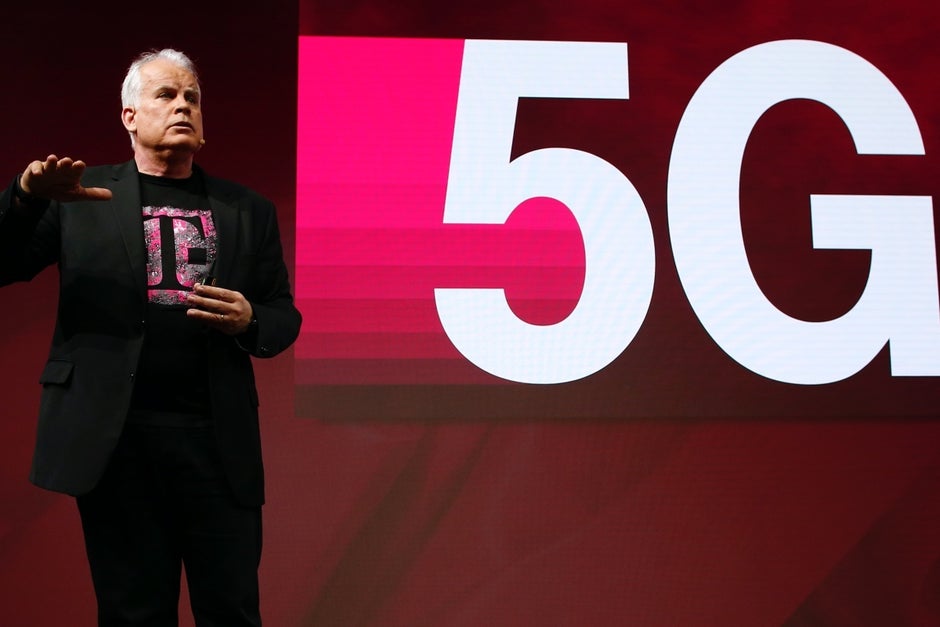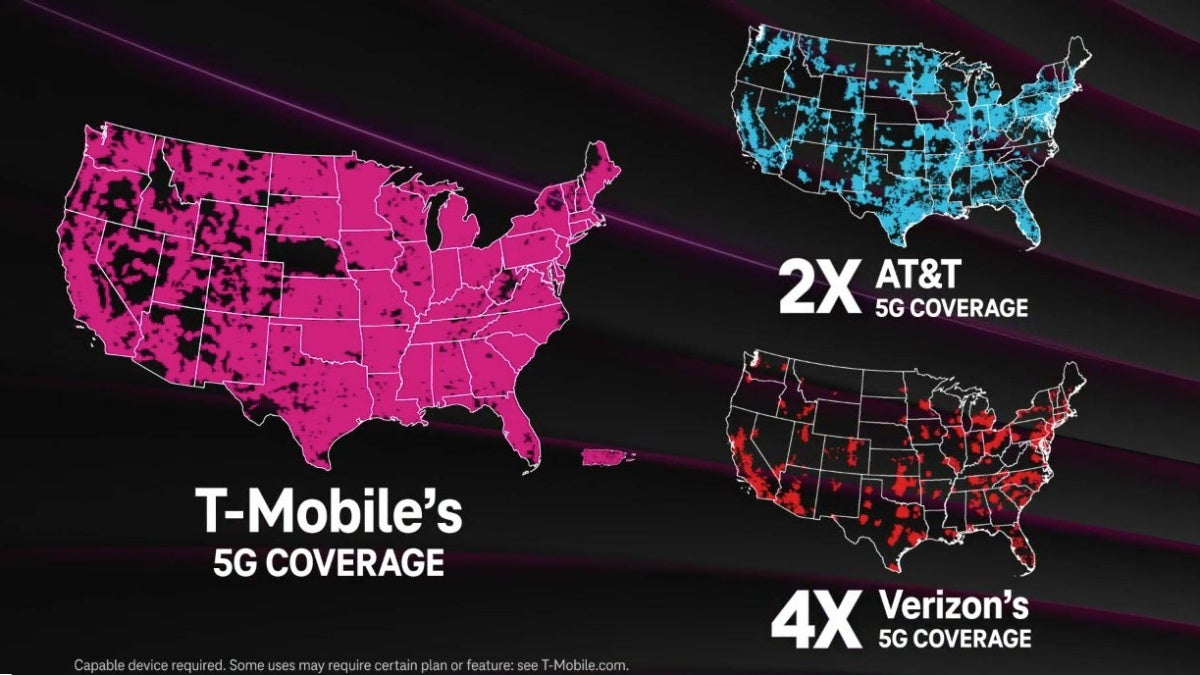T-Mobile goes back to its Verizon and AT&T-mocking roots to highlight its 5G supremacy (again)
Well, that didn’t take long. It was only a few months back that we reported on T-Mobile’s apparent shift from an advertising strategy largely reliant on pointing out the competition’s weaknesses to a more “boring” approach, and already the “Un-carrier” seems to have returned to its old “Dumb and Dumber” ways… kind of.
Are the “other guys nuts” for not following Magenta’s suit?
For one thing, T-Mo is hard at work on combining mid-band 5G technology with low-band for uplink, which is apparently a “super exciting” breakthrough… even though it doesn’t really sound that way.

The only logical (and hilarious) conclusion is that the “other guys” must be “nuts” for not seeing what T-Mo sees as the future of 5G stateside.
AT&T’s 5G+? More like “5G minus”
For those unaware, Ma Bell is using a 5G+ label for its blazing fast but terribly spotty mmWave signal right now, planning to expand… the meaning of the marketing moniker to cover C-Band technology as well in the near future.
For all the latest Technology News Click Here
For the latest news and updates, follow us on Google News.

